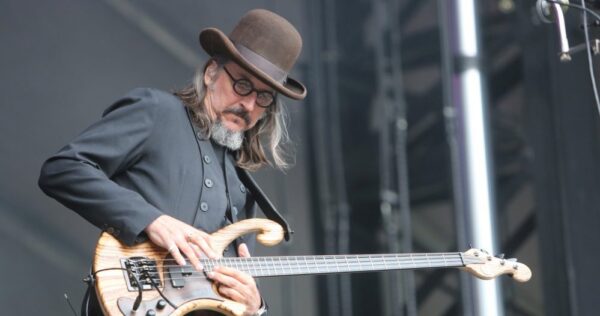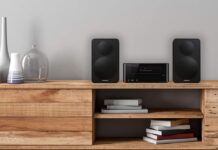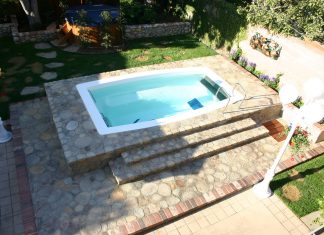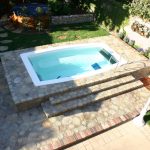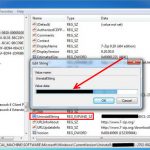We’ve all heard and we all know that fuzzy, growling, gritty sound made by a bass guitar – after all, these add a special flavor to your favorite music pieces regardless of the music genre you enjoy the most.
Distortion pedals can actually be used with a regular guitar too and they’re designed to produce a significant change in tone. This is usually achieved by the use of op-amps, diode, or solid-state transistors. A single pedal, a couple of them, pressing multiple pedals at the same time causing one pedal to boost another… you name it. It all depends on the style one wants to achieve. Another form of distortion is called fuzz and it has been created in the 1960s by guitarists who used faulty equipment.
Overdrive/distortion/fuzz is mostly found in hard rock, blues, punk, and heavy metal music, although it’s also present in other genres and various style mixtures. It’s also a trademark of numerous celebrated musicians – so let’s remember some of them who built a whole career on this phenomenon.
1. Dick Lövgren
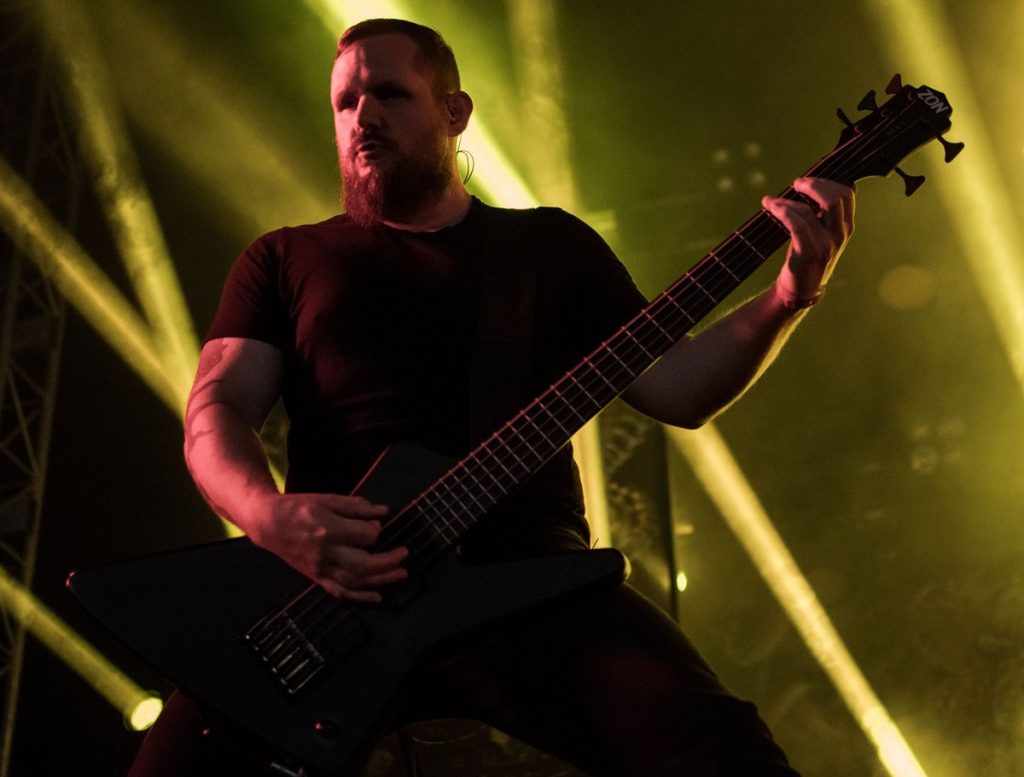
Like many, Lövgren, who’s well known as the bassist of a celebrated Swedish metal band Meshuggah, was inspired by deceased Metallica’s guitarist – Cliff Burton. He stated that he wants to play with the pick exclusively as his band wants to get that kind of distortion that can be achieved in this way exclusively.
2. Brian Cook
Fans like to call Brian Cook, the bass player of Russian Circles, the king of super fuzzy sounds full of ground shattering tones. He used Fuzzrocious Rat Tail during his Gear God performance, but it’s also known that he’s a fan of Fuzzrocious Demon which is vintage Rat equipment. Another gain drive that counts as his favorite would be Dwarfcraft Device Eau Claire Thunder, as he has been using this device since 2016.
3. Jason Newsted
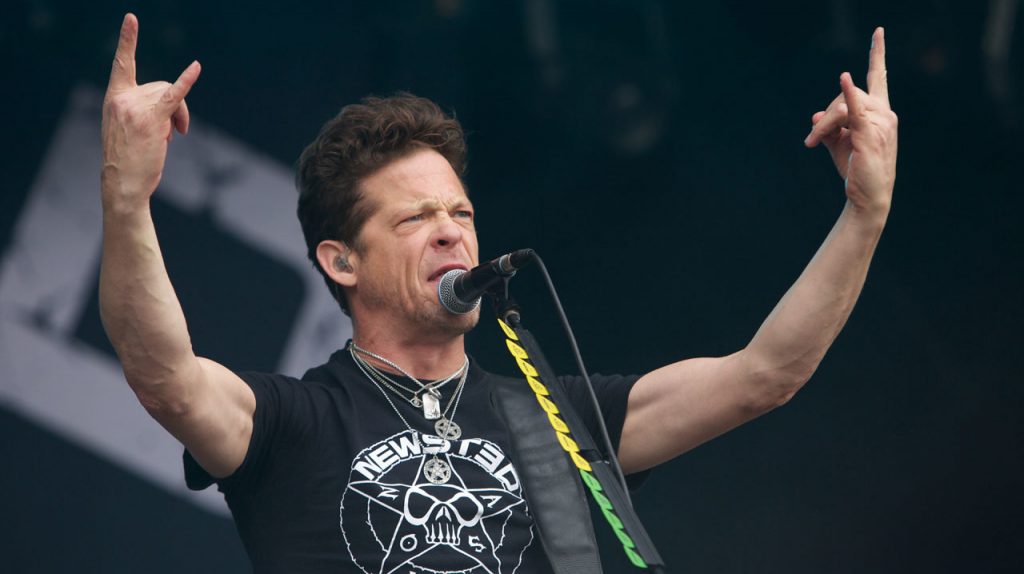
Every fiery Metallica fan remembers Jason Newsted and his contribution to creating thrash metal history with this band from 1986 to 2001. Whoever tends to listen (and watch) his band ventures probably notices his love towards specific amplifiers and bass pedals.
He claimed that he used Morley Power Wah Boost PWB for ‘Load’ recording. Also, in the live performance of the song ‘For Whom The Bell Tolls’, he decided to bring out a Morley Power Wah Fuzz pedal, Cliff Burton’s favorite device. Another part of his device collection would be a Flanger he bought a long time ago and kept it to this day as a memory for old good times.
4. Jesse Keeler
Keeler’s work is the best proof of an amazing way in which distortion pedals found their place in dance-punk genres. Being a part of the Canadian dance-punk group Death from Above, he managed to obtain the aggressive vibe from his amps – yet the sound from pedals was pretty much straightforward. For this venture, he used Electro-Harmonix Micro POG, MXR Ten-Band EQ, MXR Carbon Copy Analog Delay, and also Ibanez CS9 Stereo Chorus to achieve what his fans today call ‘an awesome and heavy dance-punk sound’.
5. Dan Briggs
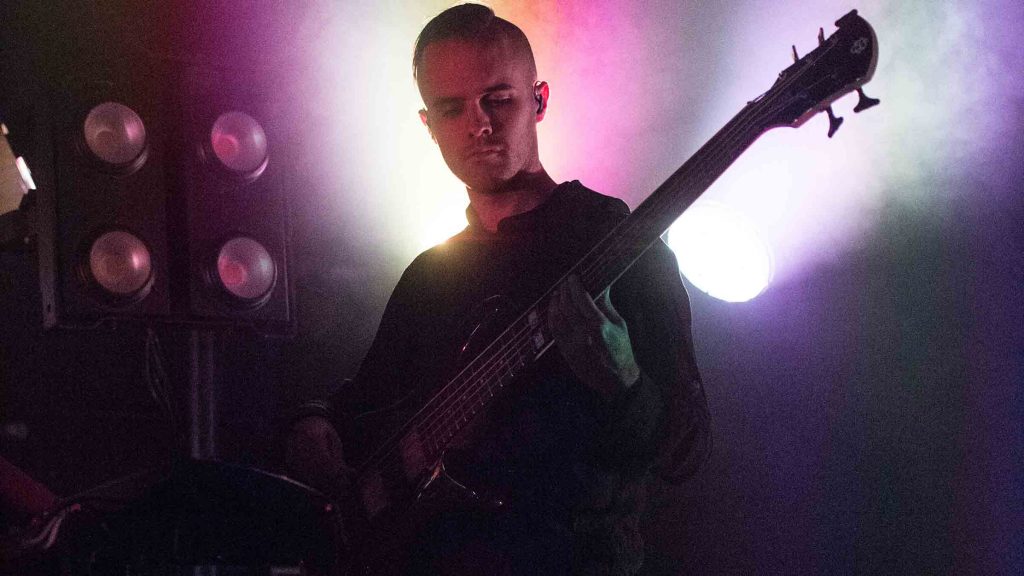
Briggs, a bassist of the American progressive metal band Between the Buried and Me, is another performer that’s known for saying he had never used a pick. Having in mind that he tends to play with his fingers only, some of the devices that helped him get the specific sound would be Boss PS-3 Digital Pitch Shifter/Delay (which is his favorite one) and a Darkglass Electronics Duality Fuzz with which he replaced a Keeley-modded Ibanez Tube Screamer. The reason for that was because Duality has a mix knob that allowed him to keep a more natural tone of low-end fury.
6. Chris Wolstenholme
You probably heard of this man if you heard about Muse – and, if your ear can detect nuances that differ guitar playing styles, you’ve probably also noticed the fuzzy, heavy and fat sound of his performance. He has been using pedals for a long time – the ones he swears by are Wooly Mammoth and Big Muff Pi V8. The latter is actually responsible for Wolstenholme’s live sound and the specific vibe of all Muse’s albums, but also for many kids’ decision to use that exact device for learning to play. Yet, according to an article by duesn.com, this pedal is numerous experts’ jam as well.
7. Justin Chancellor
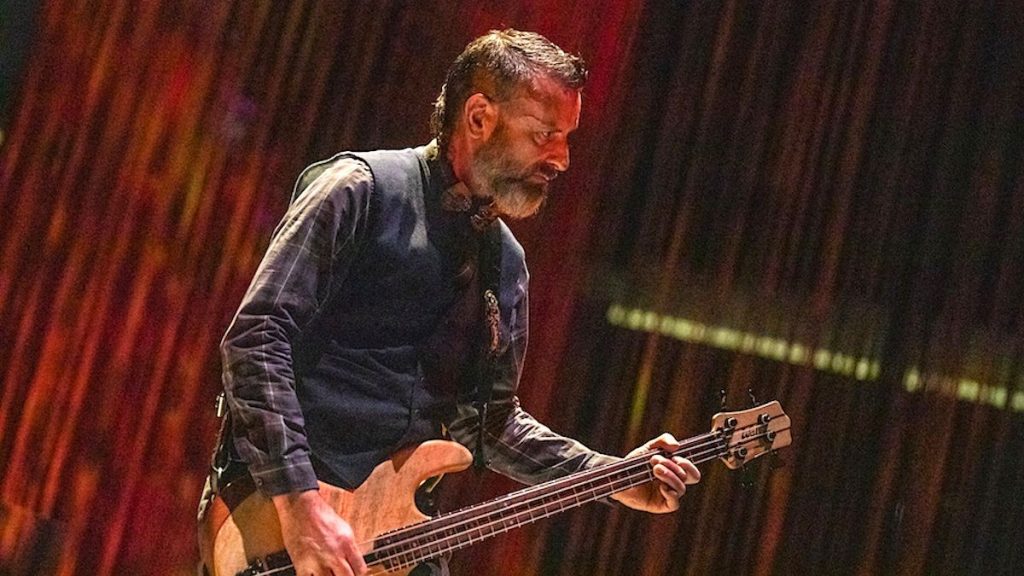
This celebrated English musician, best known for his musical engagements in Tool, also uses various kinds of amplifiers and pedals in his performance. Depending on the occasion, he can choose from a wide variety of devices, including MXR Bass Envelope Filter, MXR M288 Bass Octave Deluxe Effect, MXR M82 Bass Envelope Filter, and more than 30 other types he has in his collection.
8. Tim Commerford
If you have heard about this performer, you may be aware of the fact that he was the reason why many young people chose bass guitar as their musical instrument. He’s best known as a vocalist and bassist of Rage Against The Machine, with his raunchy sound achieved by using various sets of amplifiers and homemade distortion pedals. One of the most memorable distortion moments was probably the recording of the ‘Rig Rundown’, where he made a boom with the EBS Multicomp True Dual Band Compressor.
9. Les Claypool
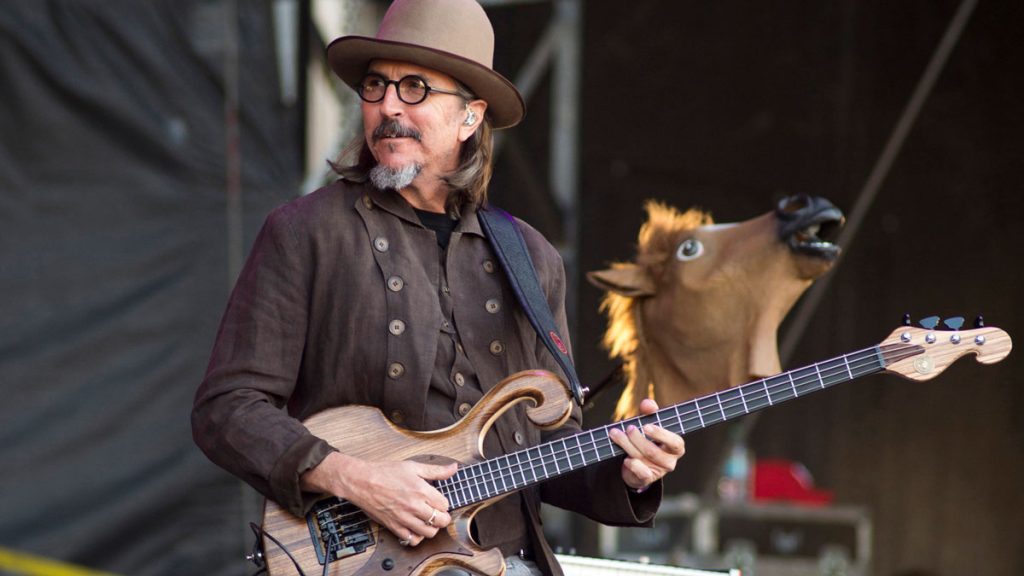
Claypool is known for his distinctive playing and as a member of the funk metal band Primus. His style is an amazing mixture of flamenco-like strumming, slapping, tapping and whammy bar bends – and this is probably the reason why this type of sound had an excellent response from the audience. In his long career influenced by various music genres, he has used fuzz boxes and envelope filters such as Korg ToneWorks AX300B.
10. John Myung
Myung is a Korean American guitarist and one of the pillars of the metal band Dream Theater. Apart from his technique, he’s also recognizable for adding a light distortion in order to enrich the sound. Just like his colleagues, he’s also a fan of multiple amplifier brands but stated that MXR M87 Bass Compressor and Mesa/Boogie Grid Slammer added some true fire to his music and made it special.

